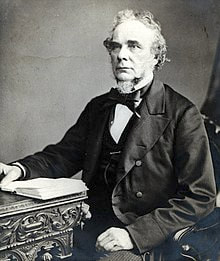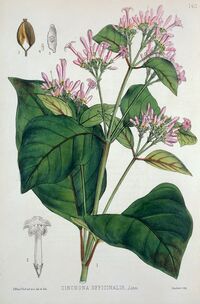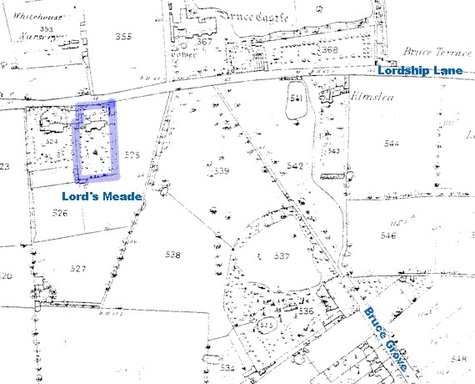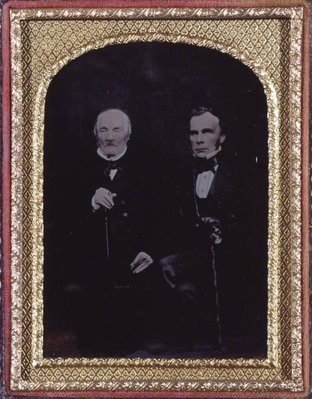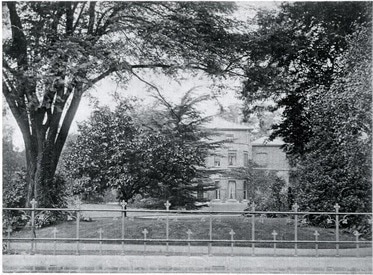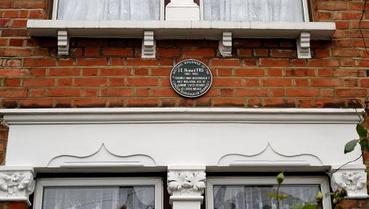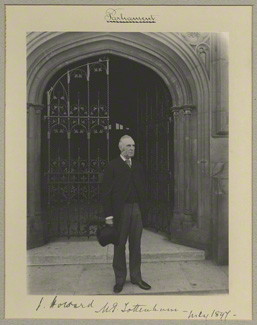|
John Eliot Howard Luke and Mariabella’s son, John Eliot Howard, was born on 11 December 1807 in Plaistow and was educated at home except for two years at Josiah Forster’s School. In 1823, he was apprenticed to his father at Stratford, and studied practical chemistry. His interest in Peruvian bark and its derivative quinine for the treatment of malaria, began when he was only 20 and developed into a lifelong study of cinchona barks and their chemical constituents. He became one of the world’s leading quinologists using his expertise in handling botanical and chemical to evaluate chinchona bark; by growing different species in his greenhouse at home he was able to explore the spectrum of medicinal alkaloids to produce the most effective plants. He was important in the establishment of cinchona plantations in India obtaining samples from explorers and botanists working in South America.
For the sources of quinine across the world see here. It was for this work that he was elected a Fellow of the Royal Society in 1874. The citation for his election states that “the name of Mr Howard is inseparably connected with his lifelong investigation respecting the identification and chemistry of the cinchona”. The genus Howardia of the Cinchonaceae was posthumously dedicated to him. John Eliot Howard was made a partner in the family firm of Howard and Sons in 1828. Quinine became its most profitable product in the 1800s and the company continued to make anti-malarial medicines into the twentieth century, alongside many other preparations. |
|
He was the author of scientific works as well as a number of religious works including a commentary on the book of Hebrews and histories including The Island Of The Saints, about the Reformation in Ireland. His major scientific work of The Quinology of the East Indian Plantations (1869-76) was the result of his examination of the bark of all the forms of cinchona introduced into India from the Andes by Clements Markham, Richard Spruce, and Robert Mackenzie Cross. For this he received the thanks of her majesty’s government in 1873. |
|
John Eliot Howard married Maria Crewdson on 9 September 1830 and they had nine children. Like his father he left the Society of Friends for the Plymouth Bethren; it was Maria’s uncle, Isaac Crewdson’s book A Beacon to the Society of Friends, which influenced John Eliot and his father to leave the Society of Friends. On 28th July, 1836 he and Maria were baptised and in October that year he resigned his connection with the Society of Friends. He began to preach the Gospel in surrounding villages and was still preaching in Tottenham until shortly before his death. John Eliot Howard died on 22 November 1883 at the age of 75 after a brief illness. Maria died eight years later on 23 March 1892 aged 85. They are both buried in Tottenham Cemetery. |
Lord’s Meade house has long since disappeared, but there is a green plaque to John Eliot Howard on 2 Lordsmead Road, which is on the site of the house. The plaque was erected in 2010.
|
|
Joseph Howard, son of John Eliot Howard, became the first MP for the constituency of Tottenham for the Conservative Party, holding the seat for five elections from 1885 until 1906 when he resigned. He was also a barrister, a JP, governer of a Grammar School and a hospital. |
